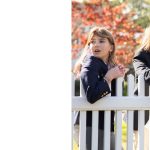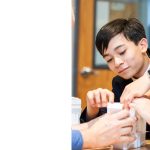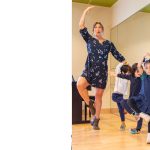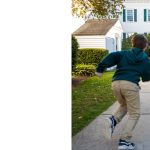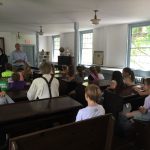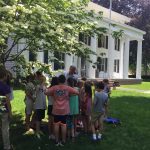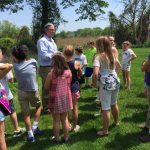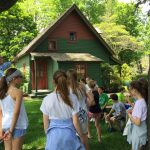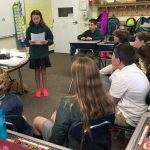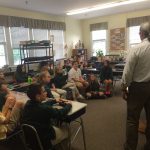Affliction, the Bible, and Empirical Evidence: 17th Century Witchcraft Debate
Posted by Michelle LambI am continually in awe of the land where we live, work, and play. Connecticut, Fairfield in particular, is steeped in historical stories and landmarks. Some of these stories involve the Connecticut Witch Trials. Upon beginning our study of colonial New England, I quickly learned that the witch trials were a topic of interest among the fifth grade, so I indulged, having a similar passion for this astonishing slice of history.
I asked students to search for some novels they might be interested in reading about this topic. One that was submitted to me was The Witch of Blackbird Pond by Elizabeth George Speares and seemed to be just what we were looking for. After learning about notorious Salem Witch Trials, we began reading. In the novel, we are thrown into the world of Kit Tyler, a teenager who has recently come to the Puritan Connecticut town of Wethersfield from a privileged life on a plantation in Barbados. Her upbringing immediately raises eyebrows when she leaps off a boat on the Connecticut River and swims to recover a child’s belonging. Puritans, especially women, did not swim. Speares throws us into an historically accurate and real account of what it was like to live in a Puritan town in Connecticut in the late 1600s.
To accompany our reading, we participated in a walking colonial tour of Fairfield and a workshop given by the Fairfield Museum and History Center with a focus on the witchcraft debate of the 17th century in New England. Throughout the workshop, I was in awe of the students’ knowledge of colonial New England, specifically the role that religion and Puritan culture played in our state’s history. While we had already learned great detail about this and the Salem Witch Trials, Walt Matis from the History Center taught us about witch trials in our own communities and provided context for Salem. Students read transcripts of testimony and had to be the jury deciding if the empirical evidence was enough to accuse one of witchcraft.
The best conversations that the students have had in their studies on this topic and in the workshop were the reminders that when people label a group, they can cause fear. As Americans and members of the global community, we all want to feel safe, but at whose expense? What does fear look like? It looked like a witch in the 1600s.
← Bird Banding at the Birdcraft Museum Math Olympiad →


